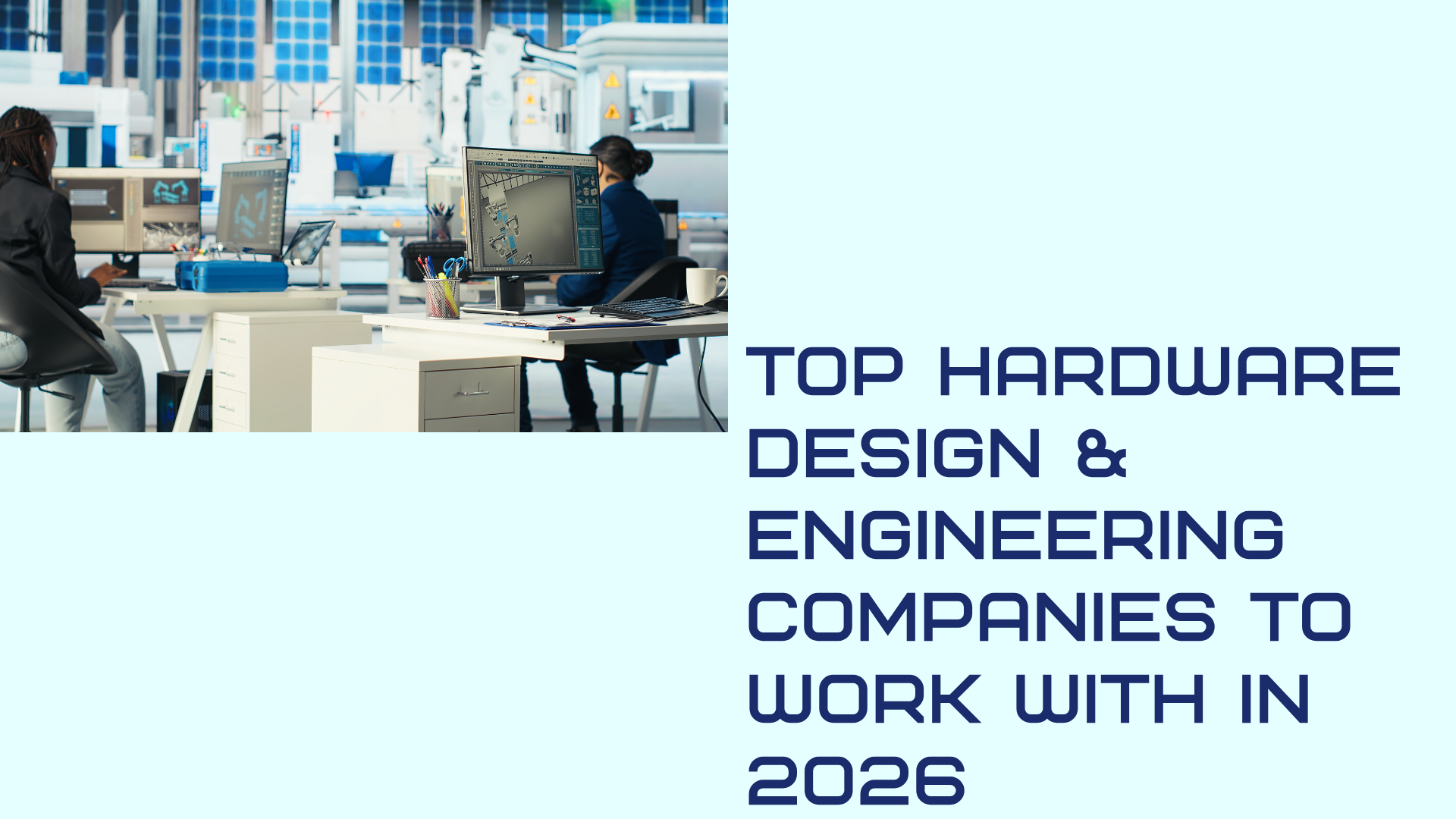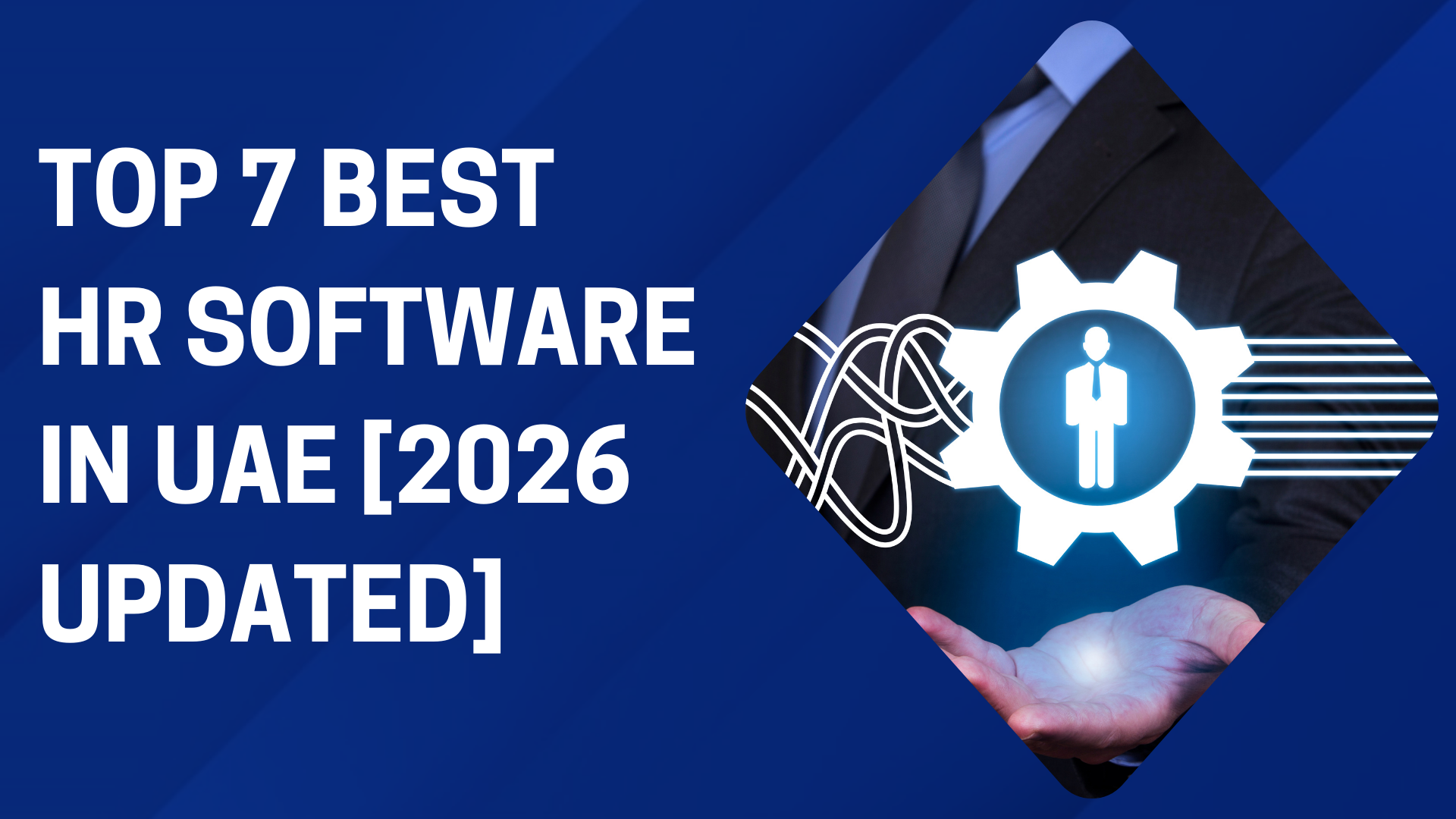The world of connected devices is growing quieter on the surface and far more complex underneath. Products rolling out in 2026 are expected to be smaller, more energy efficient, remotely updatable, and secure by design. Behind every “simple” smart sensor or controller stands a stack of electronics, firmware, connectivity, cloud integration, and compliance. As a result, hardware design and embedded engineering companies now act less like vendors and more like long-term R&D partners for product companies.
For many teams, the only realistic way to keep pace is to collaborate with external specialists in hardware design and embedded engineering who can own the full journey from concept to certification and into production. When a single partner understands electronics, firmware, wireless performance, cybersecurity, and field maintenance, product owners reduce coordination overhead and gain a clearer path from idea to stable device fleets.
The market for hardware design is set to grow a lot by 2026
By 2026, hardware design services will have to deal with a lot of different situations. As the industrial Internet of Things grows, stricter rules are put in place to keep it safe. At the same time, more people want devices to be secure, but supply lines for parts are still having a hard time keeping up. At the moment, partners are looking for people who know a lot about both standard hardware and embedded software, communication protocols, and cloud-native design.
The fact that engineering groups that used to focus on software are now shifting their attention to IoT and connected goods is a clear sign of this change. Yalantis, for instance, has made its strategic focus on IoT rather clear, blending more than 17 years of software engineering experience with a burgeoning practice in compliant hardware, firmware, and system integration. Their services now cover hardware development, embedded and firmware engineering, and IoT product development as a unified offering.
Similar consolidation is visible in firms like Softeq, which position themselves as full-stack partners for IoT and edge systems, and in European engineering houses that hold EU-certified R&D center status and run in-house labs for EMC and environmental testing.
The net effect is that choosing a hardware design company in 2026 is no longer just a question of PCB skills. It is about finding a partner that can jointly shape architecture, manage regulatory risk, and keep the device portfolio maintainable across many years of operation.
Companies worth shortlisting in 2026
Below is a snapshot of several hardware design and engineering companies that align with these expectations. Each offers a slightly different mix of experience, services, and collaboration style.
* Yalantis – IoT-centric hardware and firmware partner
Yalantis has evolved from a pure software developer into an engineering partner with a strong focus on IoT environments. With more than seventeen years on the market, the company now delivers compliant hardware design and embedded software services, emphasizing end to end IoT solutions.
On the hardware side, Yalantis designs electronics for connected devices and sensors and pairs them with low-level firmware and higher-level embedded software tailored to real-time and resource-constrained environments. Its teams build drivers, secure boot flows, and RTOS-based logic, and back this with testing and certification support – crucial for devices that must pass radio, safety, or industry-specific standards. The advantage of working with Yalantis lies in the tight coupling between hardware, firmware, and IoT platforms. Product companies can expect a single engineering stream that handles board design, embedded logic, cloud integration, and mobile applications, which reduces friction when debugging cross-layer issues or planning secure over-the-air updates.
* Softeq – full-cycle hardware and IoT engineering
Softeq operates as a large, global engineering provider with strong emphasis on embedded and hardware technology. Its hardware design services cover system architecture, PCB and FPGA design, and enclosure prototyping, and they are explicitly framed as a full cycle from concept through trial manufacturing to mass production.
On top of this, Softeq delivers IoT solutions where hardware, firmware, cloud, and analytics are built together. This approach positions the company well for organizations aiming to overhaul complete product lines, rather than just developing a single gadget. The main benefit of cooperation is its broad scope. Projects in industrial automation, consumer IoT, wearables, and robotics may be managed together. This allows for the use of standard architectural designs and security practices across all of them.
* InTechHouse – European R&D center for electronics and embedded systems
InTechHouse is a well-known research and development partner in the EU. They focus on electronics, embedded systems, and data-driven solutions. The company has been around for more than 20 years and focuses on hardware design, embedded engineering, and analytics driven by AI. Their main job is to help mission-critical and regulated areas, like government activities, aviation, and telecommunications.
The company’s value for clients lies in its combination of electronics expertise and rigorous laboratory practices, including EMC and environmental testing. This makes it a strong candidate for devices exposed to harsh conditions or strict regulatory regimes. Working with InTechHouse often means not just getting a board designed, but also having a partner that can prepare documentation and test plans tailored to European compliance frameworks.
* Byte Lab – concept-to-production hardware specialist
Byte Lab is an independent engineering company from Croatia focused on embedded system development. It offers embedded hardware development services that clearly state coverage from architecture and PCB layout through testing, verification, certification, and manufacturing support.
The business has its own equipment for making prototypes and finished products. This vertical integration makes it easy to go from making the first samples to making boards that are ready for mass production very quickly. This means that our clients can talk to design and manufacturing more directly, have fewer problems come up when output goes up, and be able to use both lab and real-world data to make products better without having to find a new supplier.
For example, Yalantis thinks of itself as a tech partner that focuses on the Internet of Things. The full-stack service from Softeq, on the other hand, covers everything. InTechHouse serves as a European hub for research and development, along with compliance. Byte Lab, in the end, handles everything from initial ideas to final products, functioning as a fully integrated operation. Selecting the optimal choice depends on where the product stands in its lifecycle. Is it a fledgling prototype, still finding its footing, or a mature, fully regulated industrial platform?
How to align a hardware partner with the roadmap
Once a shortlist exists, the critical question is not “who is best in general” but “who is best for this roadmap and operating context.” A structured evaluation tends to look beyond portfolio screenshots and into the mechanics of collaboration.
Product teams often focus on three dimensions:
* Problem space familiarity
A provider that already works in a similar domain – for example, industrial automation, medical wearables, or connected consumer devices – usually navigates the edge cases more smoothly. Prior experience with comparable form factors, communication protocols, and power budgets is a strong signal.
* Lifecycle and compliance ownership
Hardware released in 2026 might very well still be in use a decade later. Obsolescence is on the horizon for certain components, software will require updates, and more regulations are likely to emerge. Partners such as InTechHouse, boasting EMC labs and regulatory know-how, alongside Yalantis, which employs specialized hardware compliance experts, signal a commitment to enduring partnerships. They're not just looking for quick wins; they're in it for the long haul.
* Integration depth across stacks
The most significant hazards in embedded projects generally arise at the boundaries of different system components. These include the connections between analog and digital parts, the interaction between firmware and communication modules, and the link between edge devices and backend data analysis. Companies that deliberately combine hardware, embedded software, IoT platforms, and security assessments—like Yalantis, Softeq, and Byte Lab—often find solutions to these problems more quickly. This is because their teams can work together across different areas.
A practical way to test alignment is to run a small but realistic pilot. The pilot should incorporate at least one hardware revision, fundamental firmware, a basic connectivity solution, and a method for automated testing. The purpose is to assess not only technical skills but also how well the partner communicates when things go wrong, how quickly they test their ideas, and whether they openly discuss risks.
Long term value of the right engineering partner
In 2026, hardware design and embedded engineering companies are less about providing extra hands and more about extending the strategic capacity of product teams. A good partner makes it clear what belongs on silicon, what stays in software, and what needs to be in the cloud. The advice given helps people decide when to buy pre-made modules, when to make their own circuit boards, and when it's worth spending a little more on a bill of materials. This guarantees a steady supply chain for the life of the product.
When you work with companies like Yalantis, Softeq, InTechHouse, or Byte Lab, you can use a lot of experience. This includes tried-and-true ways to safely update firmware, PCB designs that work well in harsh RF environments, useful ways to test, and how to get through approval processes or deal with shortages of parts. It's hard for teams that are under a lot of pressure to ship quickly to build up this kind of knowledge for every product line.
For those enterprises envisioning bold linked goods or comprehensive device portfolios, 2026 presents an opportune moment. It's time to consider hardware design firms not merely as transactional vendors, but as collaborative partners in research and development. Strategic collaborations can significantly streamline the often turbulent journey from first idea to a fully functioning fleet. This method enables a process that's both regulated and driven by data. This approach keeps technology decisions, regulatory mandates, and business goals aligned, right from the earliest design stage up to the millionth unit in the field.
















Post Comments